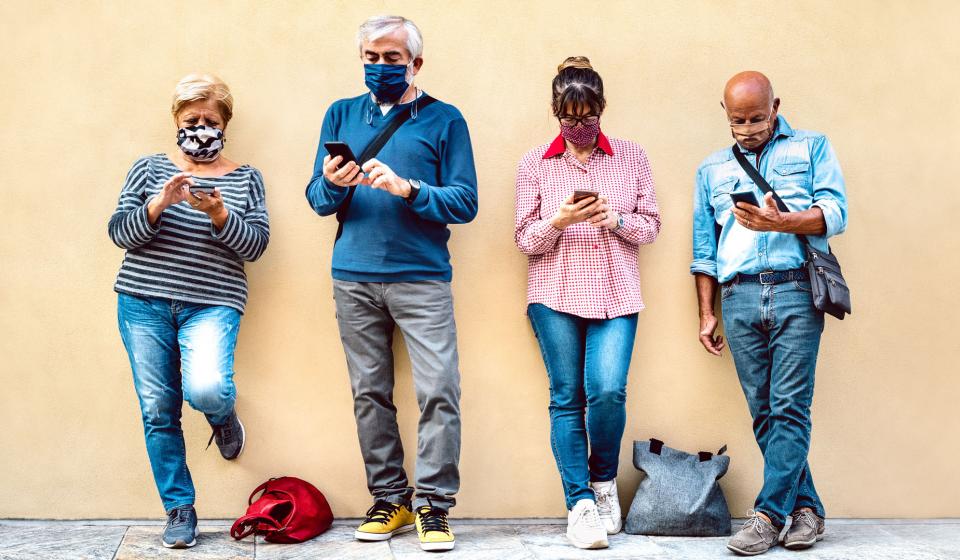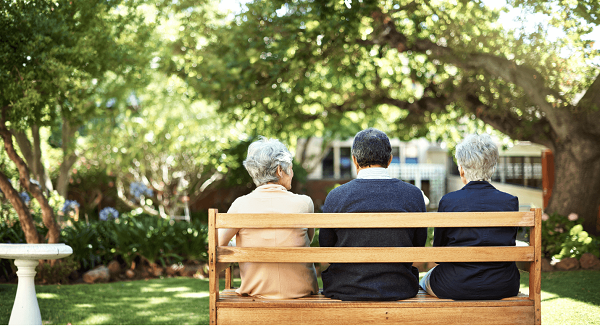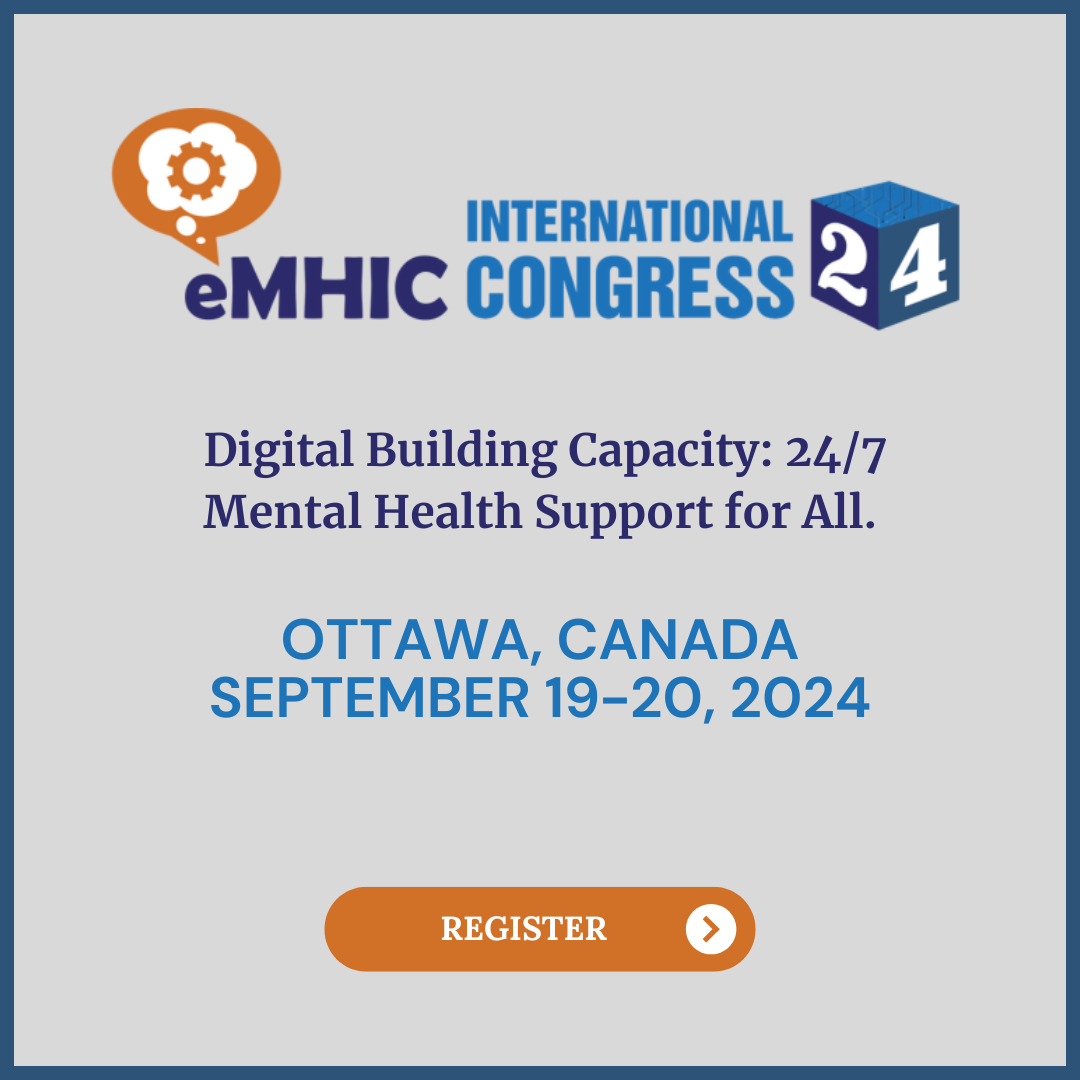If you are in distress, you can call or text 988 at any time. If it is an emergency, call 9-1-1 or go to your local emergency department.
Social Connection in the Era of Physical Distance
By now, we all know we need to put physical distance between ourselves and others to slow the spread of COVID-19. But physical distance doesn’t have to diminish social connectedness. In fact, to mitigate the psychological toll of social isolation, finding ways to connect is more important than ever. With guidance from Dr. Keith Dobson, a clinical psychologist and professor at the University of Calgary, the Mental Health Commission of Canada has prepared the following tips to help combat the effects of social isolation during this unusual time.
If you feel out of touch right now, remember that others in your circle are likely feeling the same. Almost overnight, this new reality of physical distancing has forced us to rethink how we conduct our social lives. As social beings, adapting to the lack of face-to-face connection and physical contact will take time. Don’t be hard on yourself if the search for a new social routine has left you feeling adrift. Take comfort in the knowledge that there are things you can do to address the problem.
We know that humans take about 80 per cent of their social cues from body language. The closer you can get to mimicking in-person interaction, the better your communication experience will be. Video conferencing or FaceTime technology are the best substitutes for face-to-face contact, since they include a visual component. The phone is favourable to text messages or email because voice cues makes it easier to detect tone. Phone calls may also be the easiest for elderly relatives, who could be less tech-savvy. But don’t forget texts and email! Any kind of communication is better than none.
Don’t rely on spontaneous calls to connect with friends and family. While unplanned communication works, scheduling your check-in times has particular advantages. Regular communication, for example, is important with people who are less likely to reach out during this period. These include elderly relatives and people living with anxiety, who often have a tendency to withdraw. Don’t make scheduling a burden. Just plan to call that special relative every other morning or hold a large group chat with friends on a Friday night. By planning the times you reach out, you’ll ensure your own need for social connection is met, and no one is left behind. By now, we all know we need to put physical distance between ourselves and others to slow the spread of COVID-19. But physical distance doesn’t have to diminish social connectedness. In fact, to mitigate the psychological toll of social isolation, finding ways to connect is more important than ever. With guidance from Dr. Keith Dobson, a clinical psychologist and professor at the University of Calgary, the Mental Health Commission of Canada has prepared the following tips to help combat the effects of social isolation during this unusual time.
Consider using video-conferencing for your favourite group activities, like a book club or game night. Many online games are already built for group play and offer another way to connect. Word games are especially well-suited for virtual connection. Movie nights can also be made into a group affair by using Netflix Party, a Google Chrome extension that lets people invite friends to watch a movie or show while they talk using group chat. Engaging many people at once may also create a more social atmosphere than one-on-one chats, making it easier to turn away from COVID-19 and onto more enjoyable topics.
Laughter can reduce stress, elevate your mood, and even boost your body’s immune response. While there’s nothing funny about a global pandemic or an economic crisis, finding and sharing bright spots will help keep your wellness intact. Funny movies and comedic kids are still funny, and everyday life is still filled with chances for laughter, even if they’re harder to find. When disturbing statistics and bleak headlines become overwhelming, find amusement where you can and share it with the people around you.
While no one knows exactly when distancing measures will be lifted, we can be confident that they will. Focusing on a positive future event can lift your mood and provide a welcome distraction. In fact, the anticipation can be more enjoyable than the event itself! Take pleasure in planning social activities you can look forward to, when it’s safe to gather in person. Anything from a quiet dinner with friends to a party or even a vacation will give you something to look forward to and feel more hopeful in the meantime.
SHARE THIS PAGE
RELATED


![]()
